Mr. Hung bought his favorite ice cream to enjoy by the lake, took a check-in photo and posted it on social media, informing friends and relatives that he had safely completed his journey.
When he got home, Mr. Hung changed his clothes and drove to the Red River to swim. This is a habit he has maintained for decades, regardless of winter or summer. “This is my way to get back into the rhythm of daily life after a long and arduous journey of discovery .”
“My trip was completely secret. Apart from my tour guide, my wife, children and friends did not know I had conquered Tibet. When I went to China, I could not use social media and had to temporarily stop communicating with everyone,” Mr. Hung said.
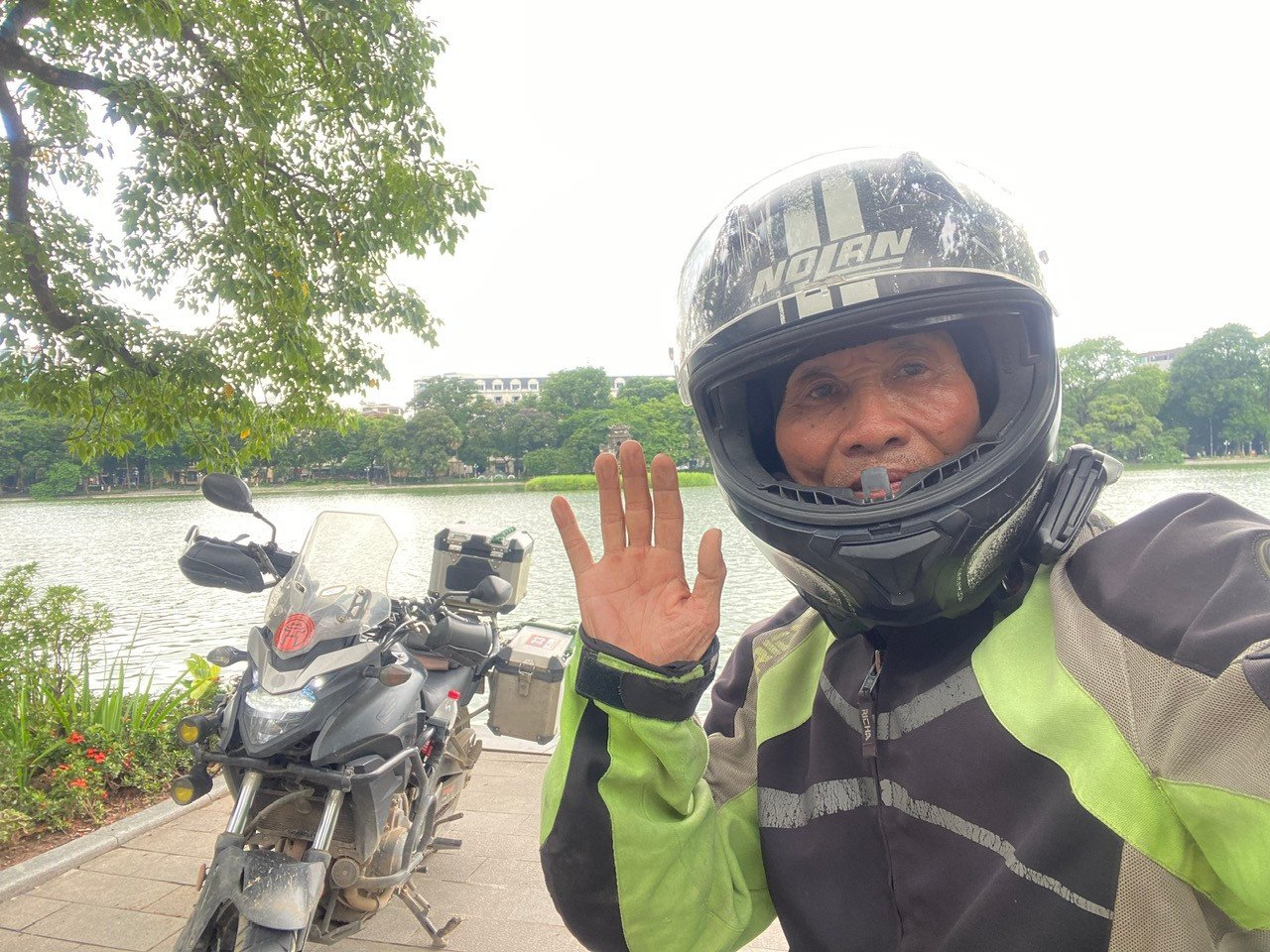
Mr. Hung is a famous backpacker in many travel groups in Vietnam. In 2019, at the age of 66, he drove a motorbike across Asia and Europe, through 39 countries and territories in 6 months.
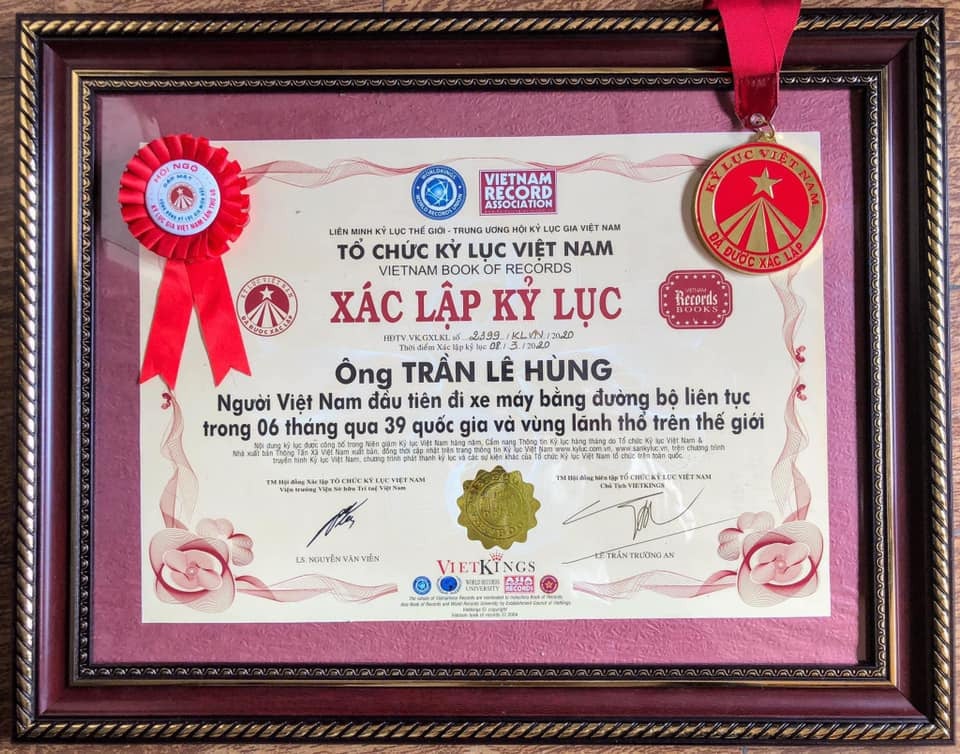
The small backpacker, 1m6 tall, weighing less than 50kg, and his “war horse” conquered a distance of 45,000km, overcame sandstorms in Xinjiang (China) in 40 degree Celsius heat, and crossed the rugged Tossor pass nearly 4,000m high in Kyrgyzstan with mountains on one side and a deep abyss on the other…
“I don't remember how many times I fell off my bike on that trip,” Mr. Hung said.
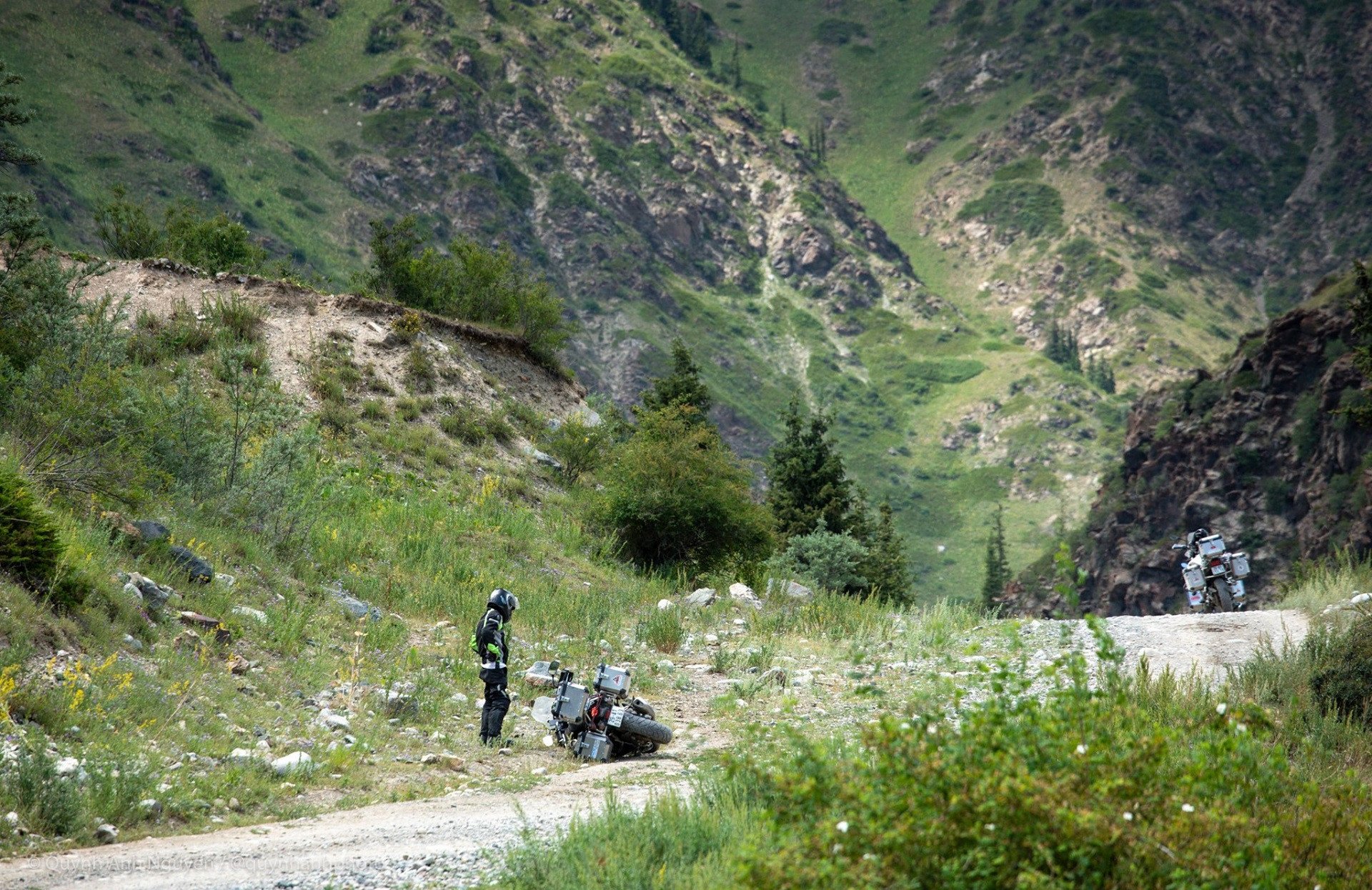
“Running away from home” to conquer Tibet
If the trip across Asia and Europe carried the desire to return to visit his old school in Georgia - where he studied automation, then with the trip to China, he hoped to conquer a large country with a diverse and unique culture - a place he only had a glimpse of on the previous trip.
“In 2019, I didn’t have much experience driving a motorbike, so on the journey, I focused completely, not daring to let my guard down to admire the scenery. That’s what made me regret, always cherishing the desire to return to China, to explore more of the nature and culture,” said Mr. Hung.
Over the past 5 years, Mr. Hung has maintained regular swimming and meditation to increase his flexibility. In 2020, he took his wife across Vietnam to Ca Mau for 20 days. At that time, he was 67 years old, his wife was 66 years old.
He is the oldest member of the Hanoi Motorcycle Club, but he almost never misses a trip. Together with other club members, he traveled to Cao Bang, Ha Giang, drove a motorbike from Hanoi to Quang Tri, and went to many provinces to support cycling races, running races, and health festivals.
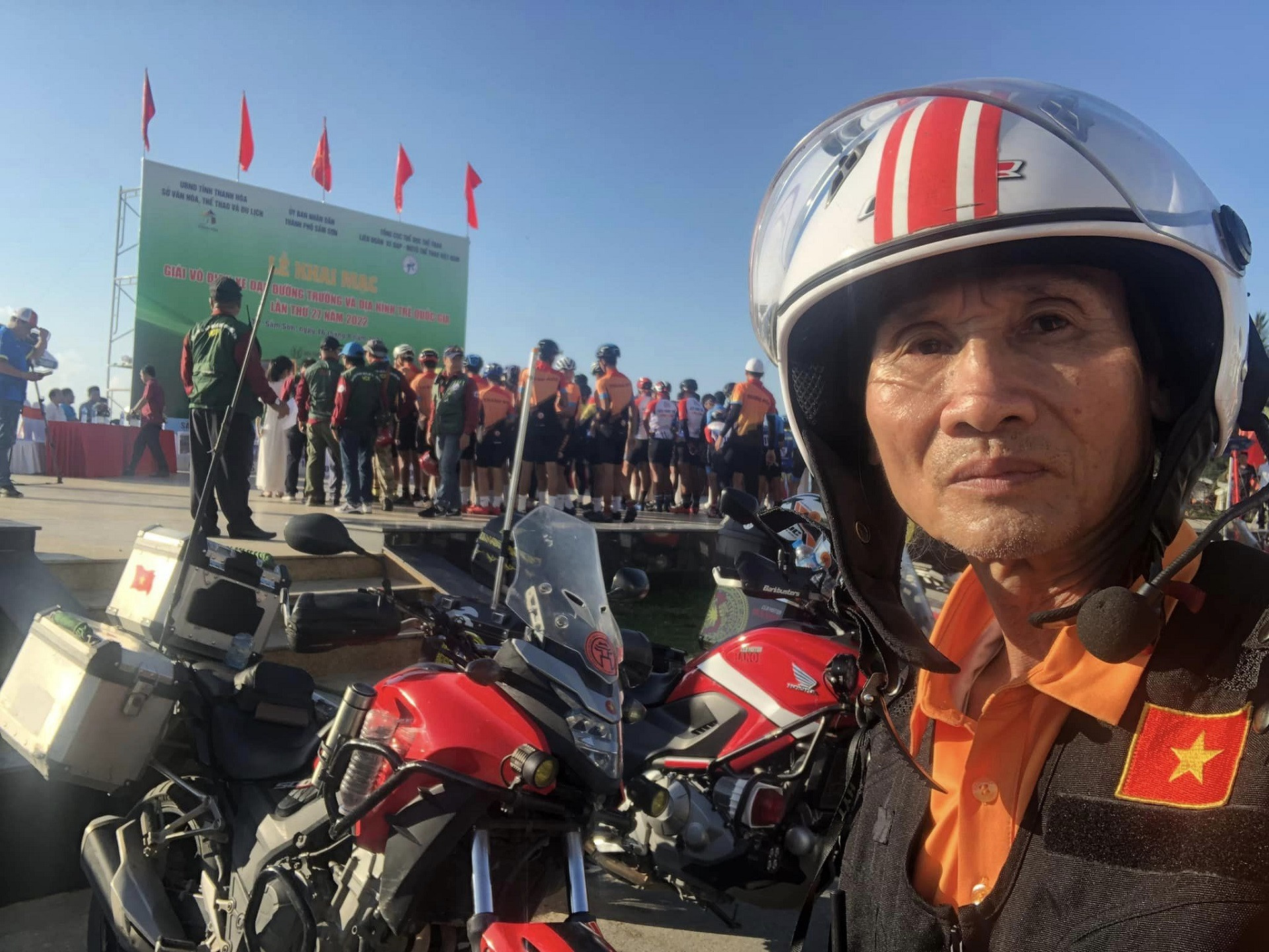 |  |
“Compared to 5 years ago, at the age of 71, I still feel my body is flexible, my spirit is good, my mind is clear. In particular, my skills - experience - ability to handle situations when driving have developed a lot. It is true that 'practice makes perfect'. This is the reason why I am confident in conquering Tibet - an extremely harsh route, challenging any backpacker,” Mr. Hung shared.
During the trip across Asia and Europe, Mr. Hung was guided by Mr. Ha, an experienced tour guide. After returning from the trip, Mr. Hung talked to Mr. Ha several times about his desire to travel to China.
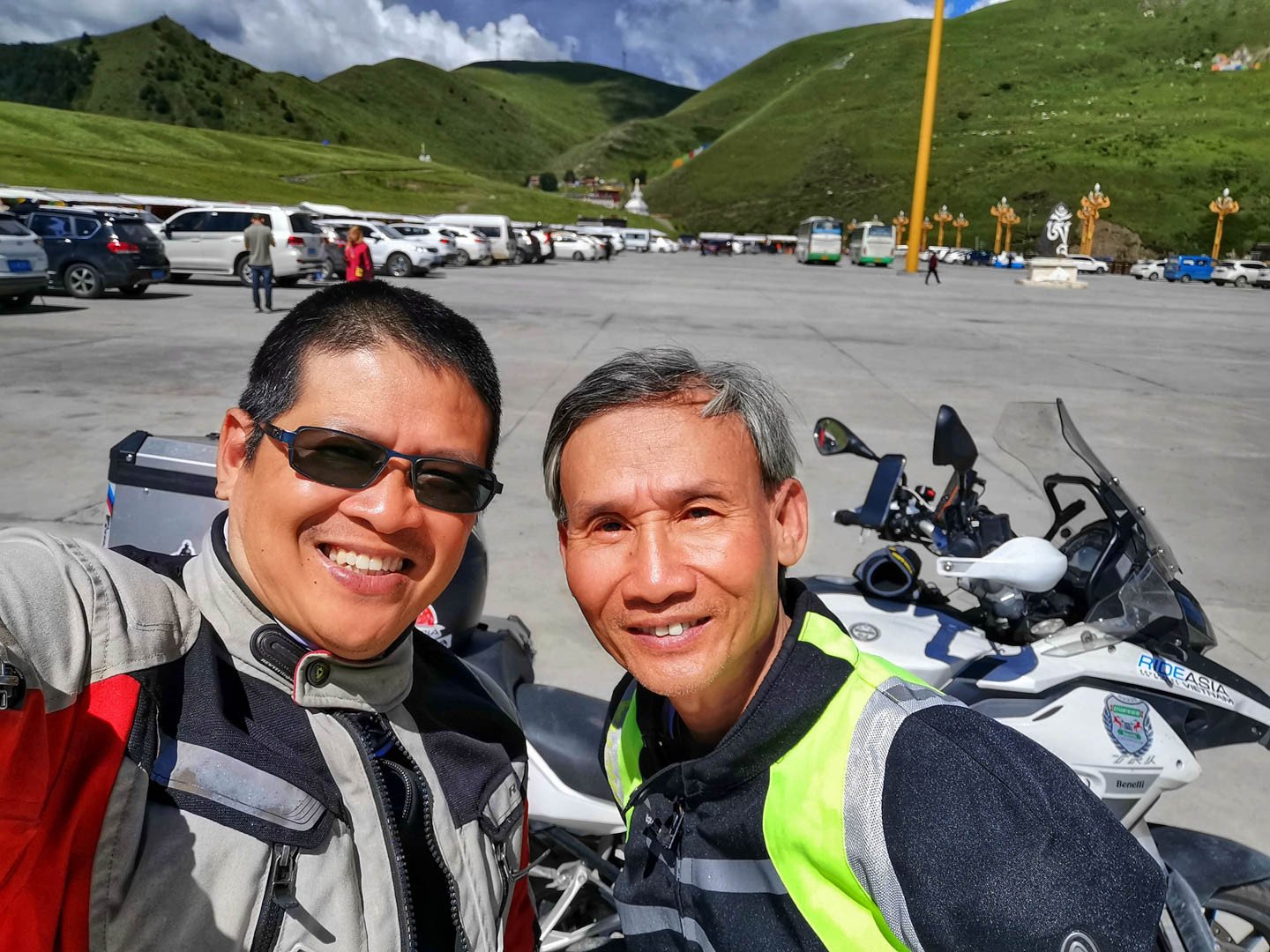
In early June, Mr. Ha called to inform that a group of Vietnamese tourists would be traveling to Tibet (China) by car. When Mr. Ha suggested to the group that Mr. Hung join, the group leader agreed, because he also knew the elderly backpacker Tran Le Hung. Mr. Hung and Mr. Ha could drive motorbikes and join the group as long as they followed the regulations and schedule.
"I did not hesitate to agree immediately, no matter how much it costs, I am willing," Mr. Hung said.
However, due to the urgent time, Mr. Hung had less than 10 days to prepare the procedures. “I had to complete the procedures to change my passport, apply for a visa, have a health check to buy international insurance, and get permits to enter Tibet… Because of the urgent time, I was mentally prepared that if I could not join the group, I would consider it not fateful,” Mr. Hung said.
Luckily, Mr. Hung completed the procedure at the "90th minute".
Before the trip, he only informed his family that he was “going on a backpacking trip with friends for a few days”. The 71-year-old backpacker explained: “This is a long trip with many obstacles and risks, so I don’t want to ‘tell it in advance, but don’t take it’. I’m doing it secretly, without letting anyone know.”
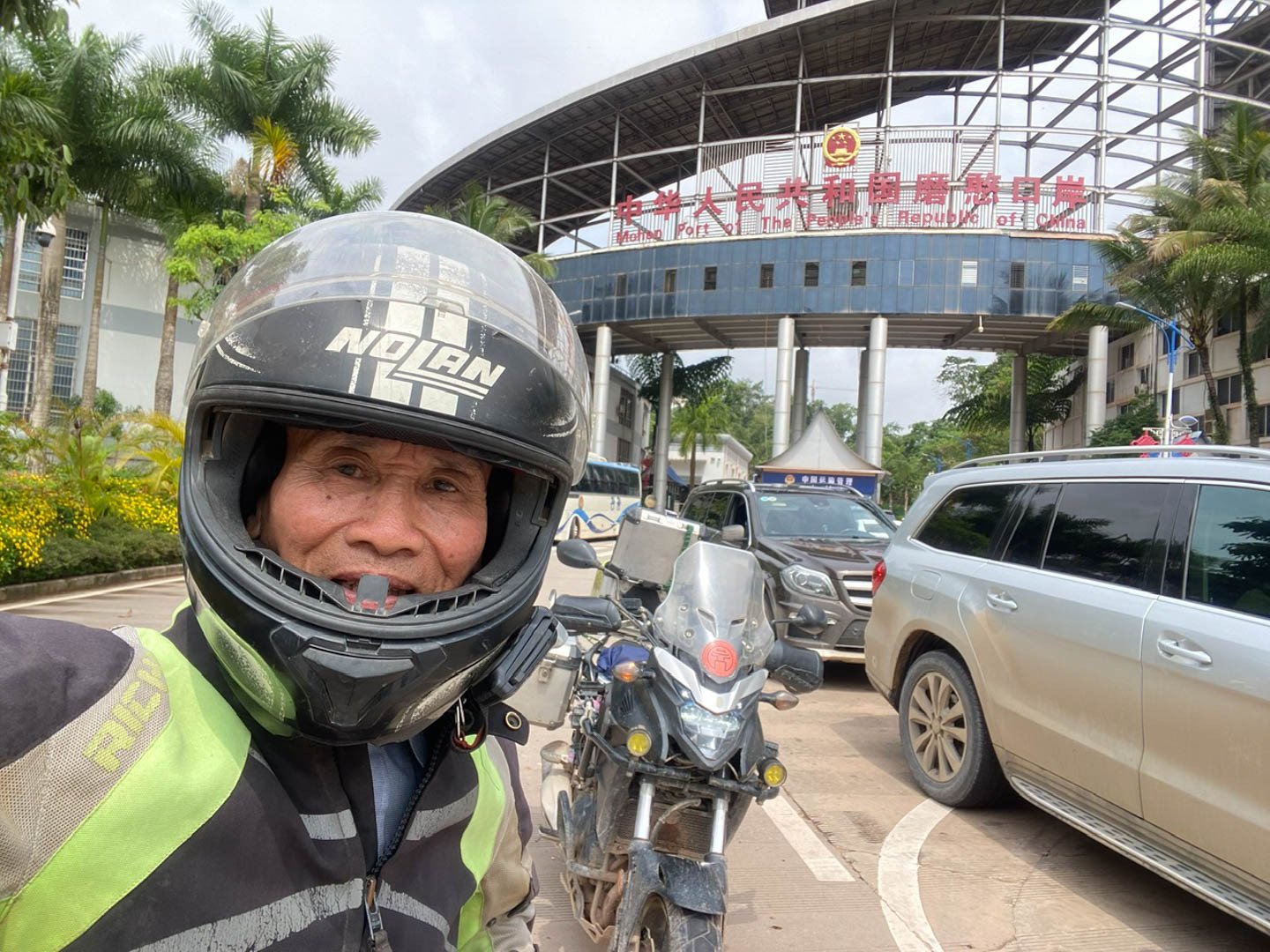
To be able to travel by motorbike to China, he had to travel through Laos. The road to the Laos-China border gate was bumpy, muddy, and very difficult to travel. On many sections of the road, Mr. Hung had to stand up to control the motorbike. It took Mr. Hung and Mr. Ha 4 days of travel to drive to the Laos-China border gate.
In 2019, when crossing the Lao border, Mr. Hung had an accident. He accidentally took a wide turn and could not control the steering wheel. To avoid falling into the abyss, he was forced to drive into a milestone on the side of the road. The front of the car broke, the tire came off the rim, and he was thrown from the car.
“This trip, I have much more experience. Of course, the more experience I have, the more careful I am, not subjective or negligent,” Mr. Hung affirmed.
When Mr. Hung arrived in Yunnan (China), his daughter-in-law called to ask about him. At this time, the whole family learned that he had arrived in the neighboring country. “However, I did not say specifically where I would go or how long I would be gone. I told my children to rest assured that I would go out and return safely. I gave Mr. Ha's contact number so that they could contact him if needed.
Because I did not research carefully and did not install the internet and Chinese social networking applications, I could not contact my family," said Mr. Hung.
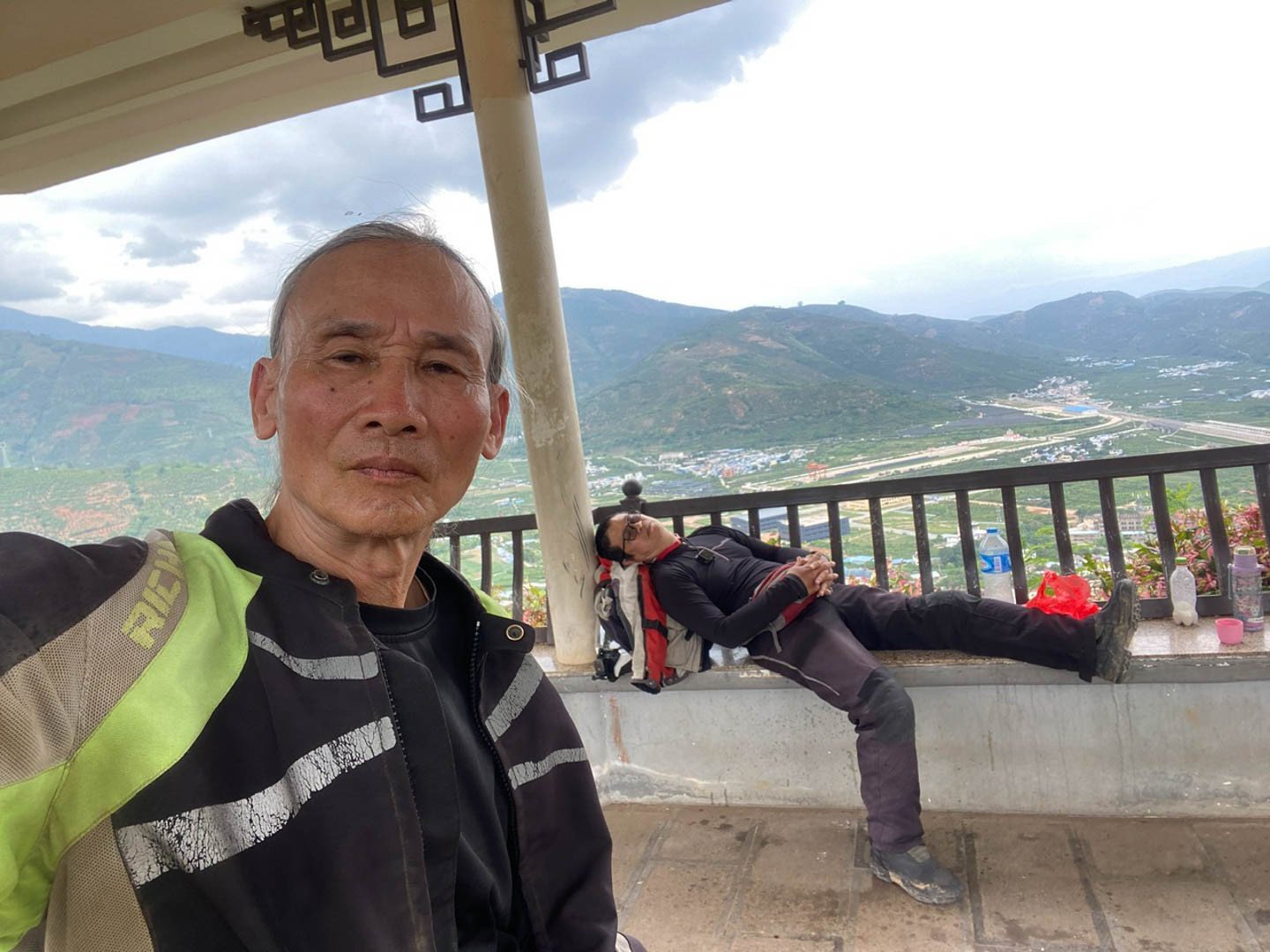
Harsh journey
According to the schedule, the group will travel through several western provinces of China, including Yunnan, Guizhou, Chongqing, Shaanxi, Lanzhou, Qinghai and the Tibet Autonomous Region.
“Cars and motorbikes have different speeds and different routes. They use the highway combined with the national highway, while Ha and I use the national highway to see the villages and learn about the local culture.
However, we have to absolutely ensure the schedule, gathering with the group at the pre-arranged hotel every evening. The next morning, the whole group completes the necessary procedures according to regulations before moving on," said Mr. Hung. "Because of that, there are days when we have to drive continuously for 22 hours."
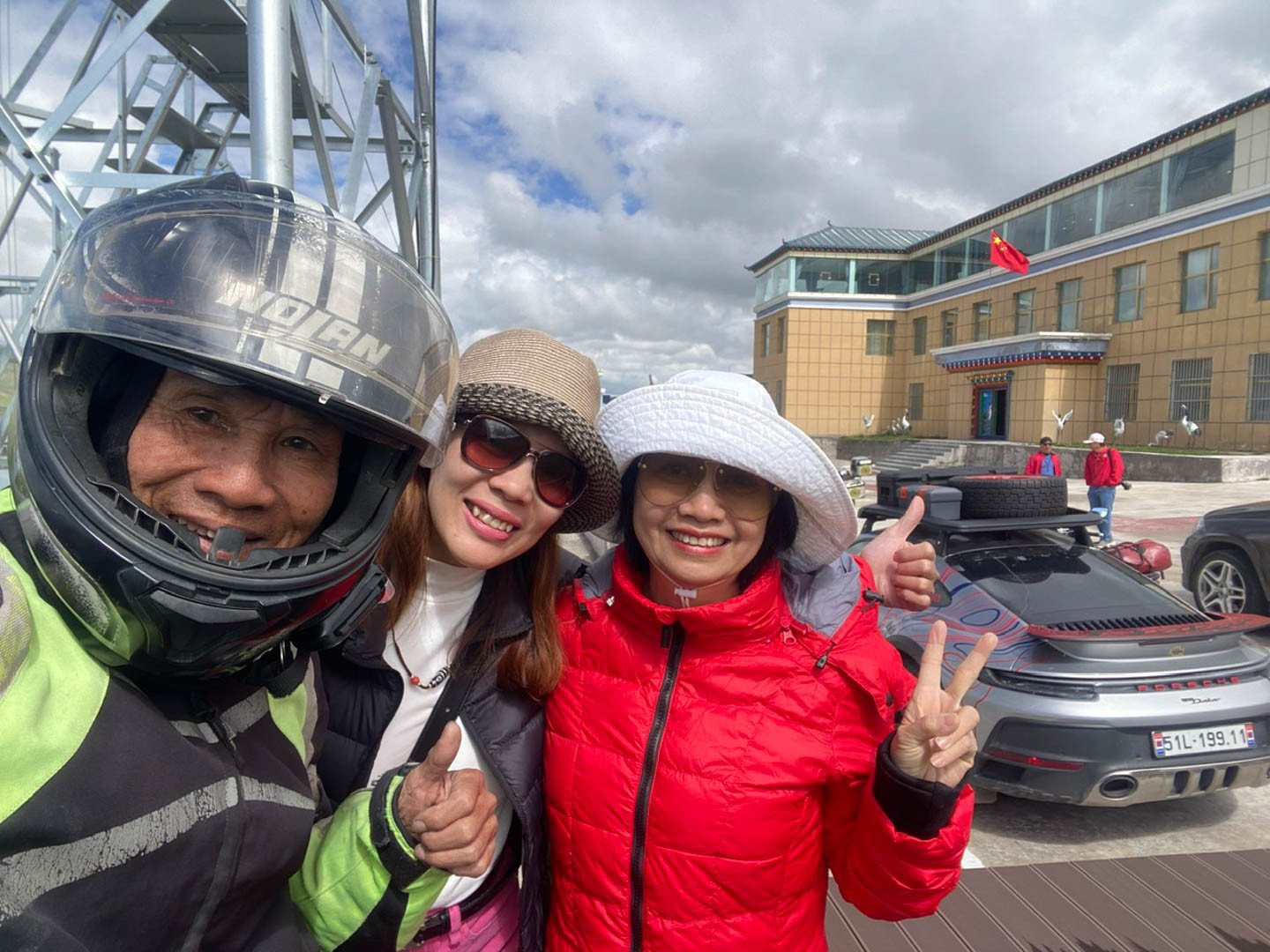
The most difficult part of the trip was when the two riders crossed the Semo La pass.
Semo La is a pass in central Tibet that leads to the Changtang region. It is also known as Provincial Road 206 (S206), a deserted road in the middle of the desolate mountains. At 5,565m, Semo La is considered the highest paved road in the world.
It was midnight when Mr. Hung and Mr. Ha reached the top of the pass. At that time, the outside temperature was -3 degrees Celsius, and the wind was blowing very strongly. Mr. Hung lost control of the vehicle and was exhausted. He stopped the vehicle on the side of the road, sat down, and leaned against the motorbike.
“Ha kept reminding me: If you stay here, you will die of cold. But I was too tired, I knew for sure that I could not drive, and if I did, I would fall off the cliff. Ha gave me a chocolate bar. I only nibbled half of it, then quickly stuffed it in my pocket and fell asleep. About an hour later, I woke up, feeling much more alert. Ha was overjoyed because he was about to call for international help,” Mr. Hung said.
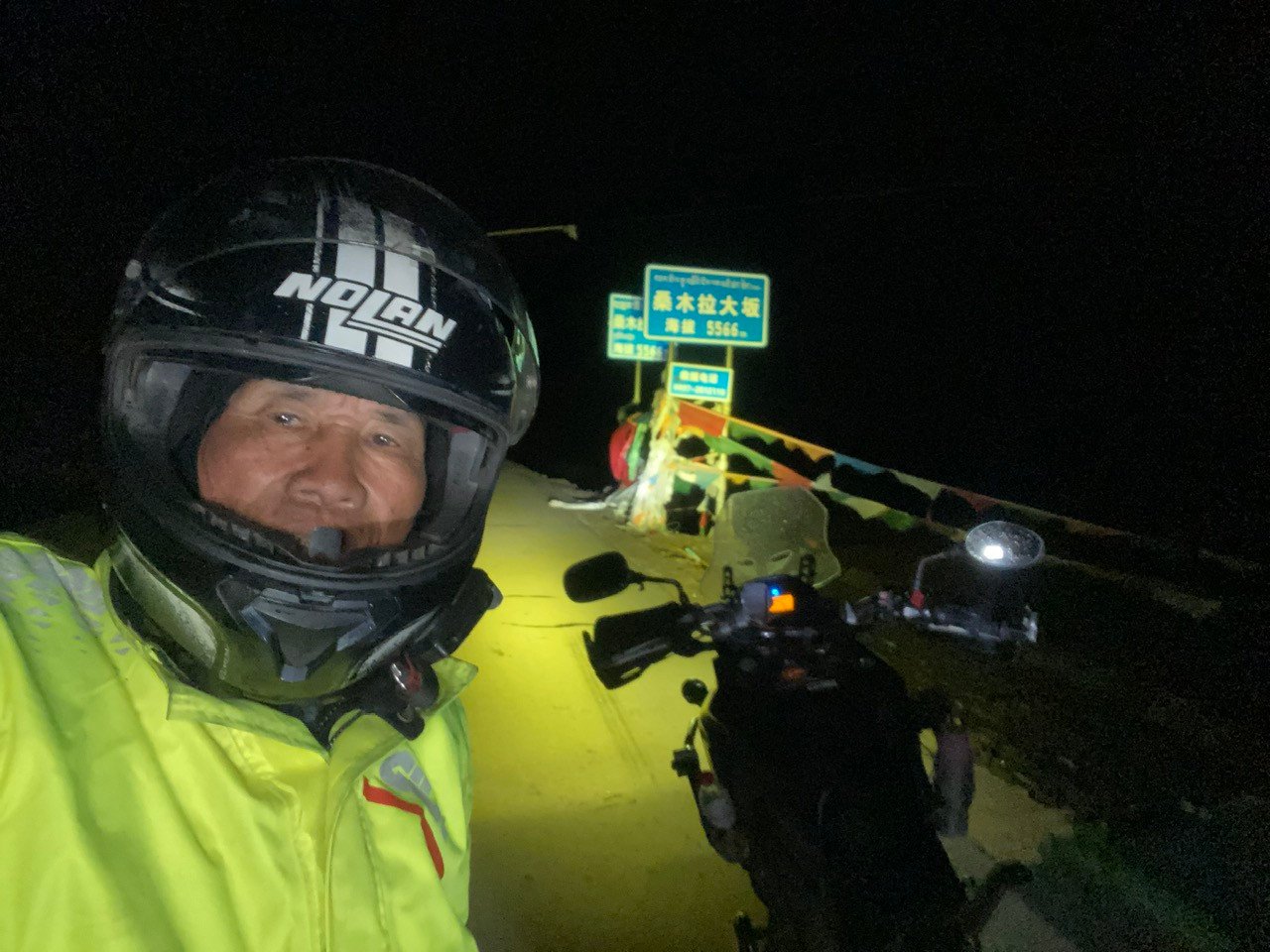
The two backpackers got back on the bus and continued down the other side of the pass. They had to be at the hotel before 7am to join the group.
“There were no lamp posts on the road so it was pitch black, with only the light from the headlights of the two of us. At times, we drove into deep potholes and I jumped off the saddle. At 3am, I saw Ha’s headlights getting farther away. I slowed down and Ha said, ‘Uncle, I’m passed out.’ After that, he parked his bike on the side of the road and fell asleep on the saddle for 30 minutes,” Mr. Hung said.
When Mr. Ha woke up, the sky was already bright. The uncle and nephew drove as fast as they could to the gathering place. After completing the procedures, they stayed at the hotel to catch up on sleep.
“It was hard, tiring, full of risks, there were times when I thought I would collapse, but I overcame it all. I loved the trip when I got to see with my own eyes the beautiful villages, located on the grasslands, mountains, hills, rivers and streams, where people still maintain traditional customs that have been around for generations,” said Mr. Hung.
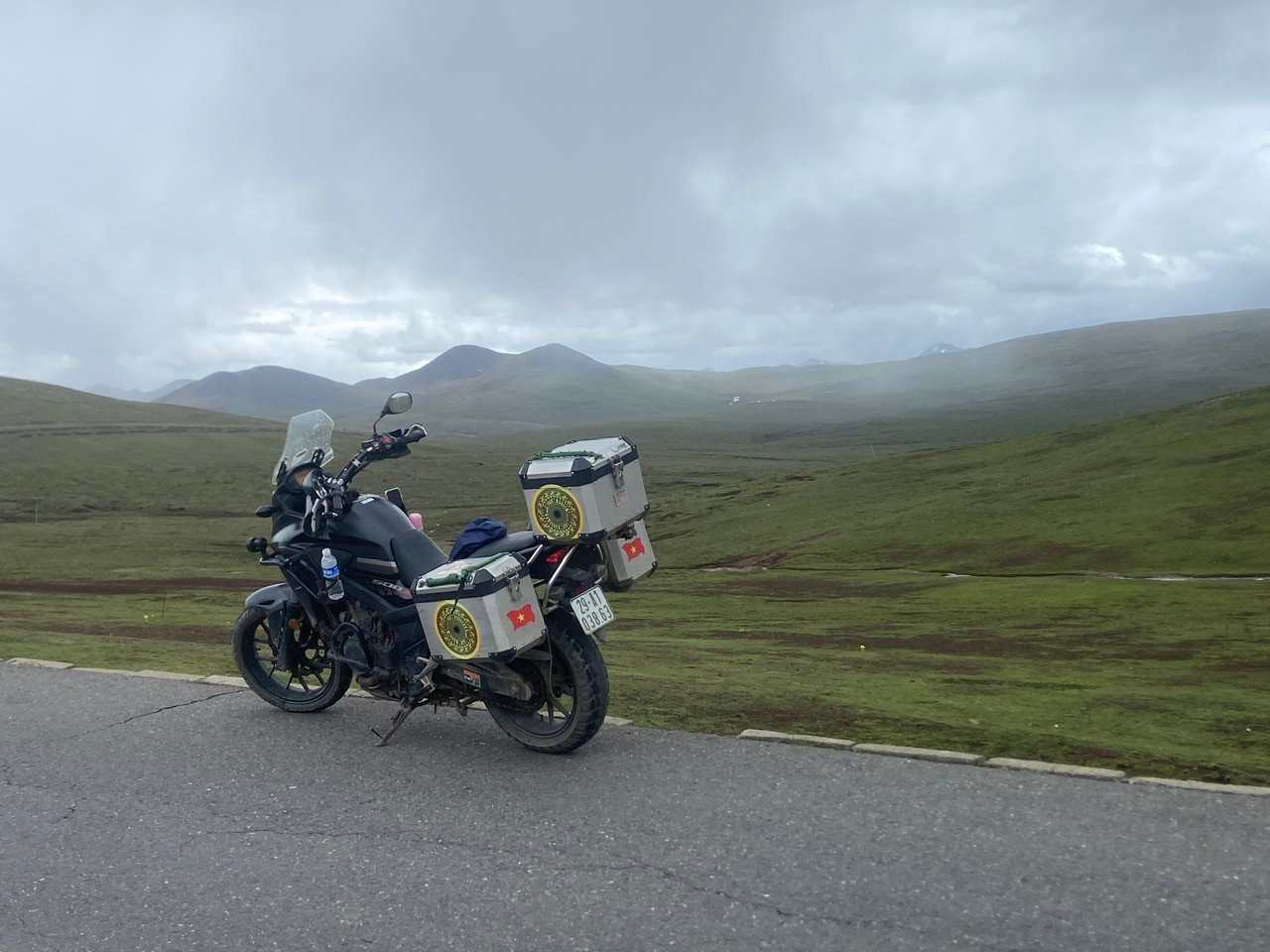
He was particularly impressed by Tibetan villages – where each house was covered with animal dung.
Most people here make a living by herding yaks and goats. The more dung a house has, the more livestock it has and the wealthier the owner is. In Tibet, cow dung is also an important fuel instead of firewood.
“On a mountain pass in the mysterious land of Tibet, I came across a group of Tibetans singing traditional music. They sang with all their hearts amidst the majestic land and sky. At that moment, even though I did not understand the language, I still felt overwhelmed with emotion through the melody,” Mr. Hung said.
“I always cherish the emotions I have on each journey. Whether I am 20, 30 or 70 years old, I still love life. Even when I am over 70, I find that this is the time when love becomes the most beautiful. I will still maintain a moderate lifestyle, swimming, meditating, driving…
If I have the chance, I will continue long journeys to enjoy the beauty of life," the 71-year-old backpacker confided.
Photo: NVCC
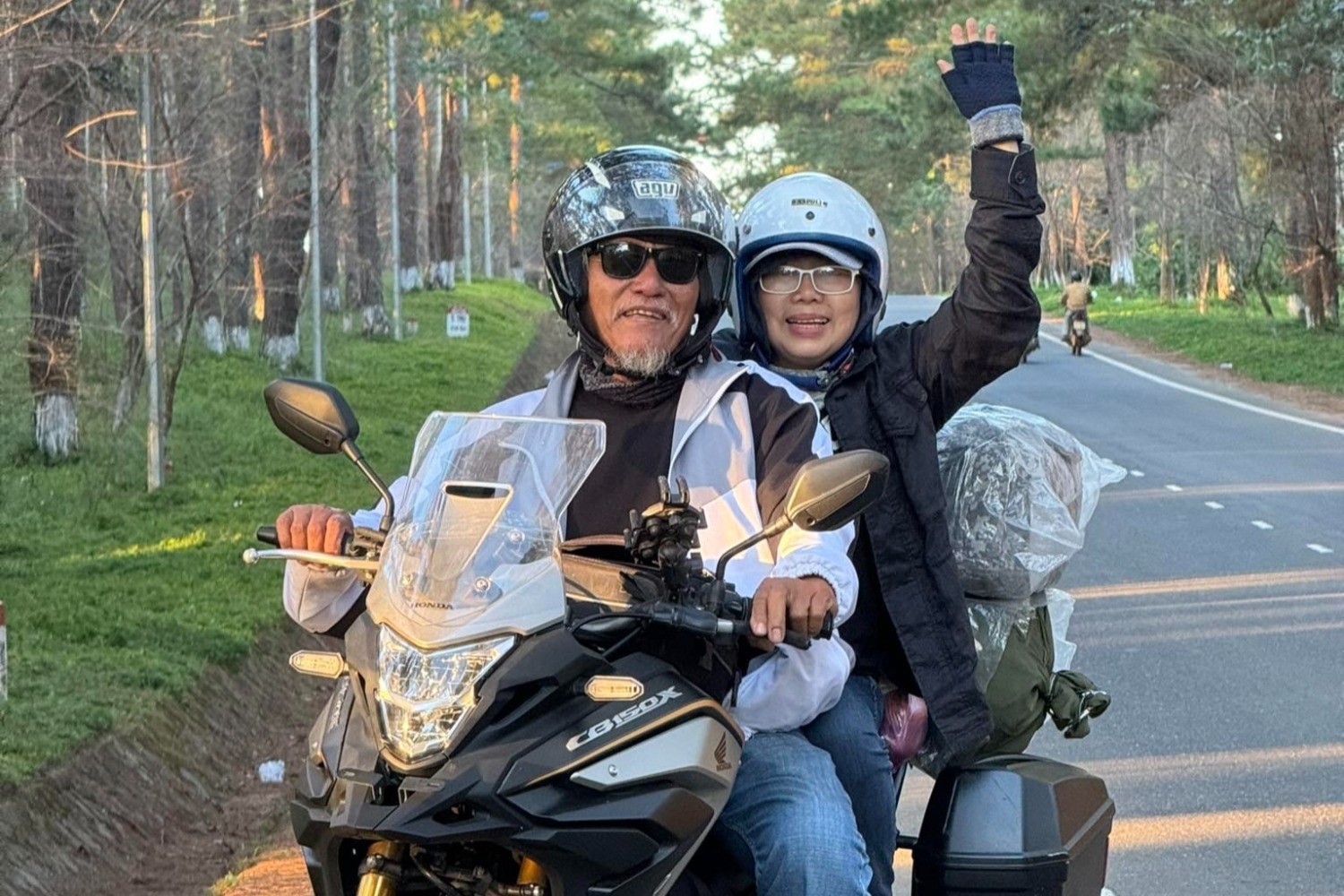



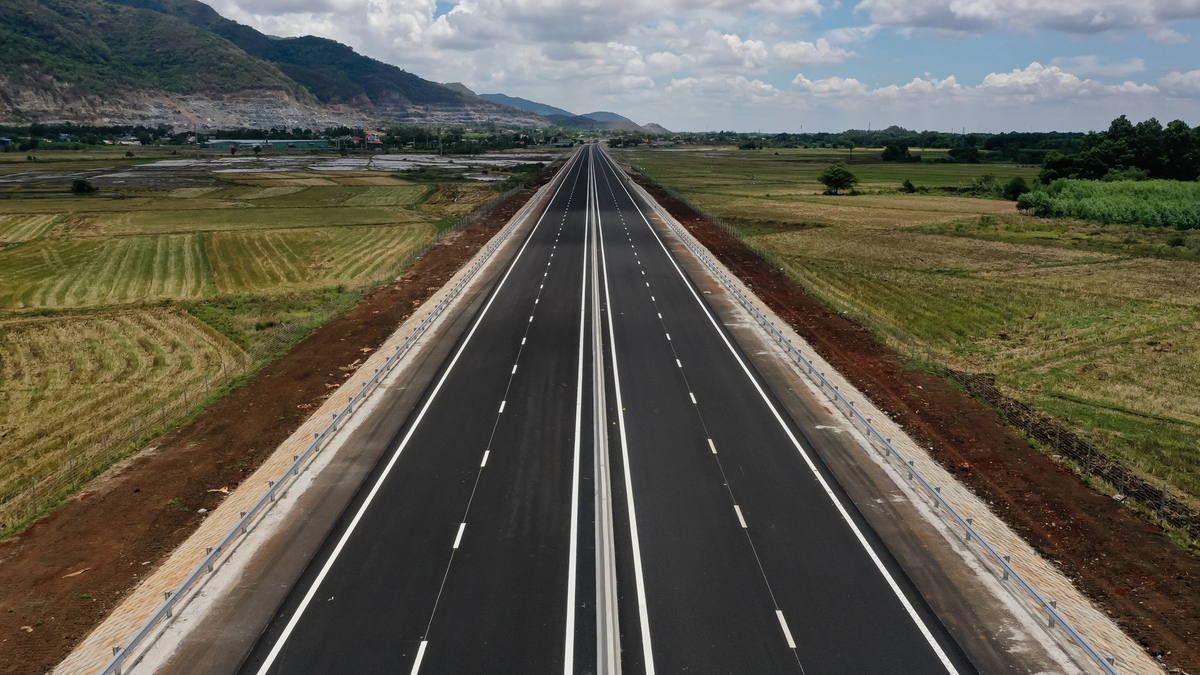
![[Photo] Party and State leaders attend the special art program "You are Ho Chi Minh"](https://vphoto.vietnam.vn/thumb/1200x675/vietnam/resource/IMAGE/2025/5/18/6895913f94fd4c51aa4564ab14c3f250)
![[Photo] Ready for the top competitions of Vietnamese table tennis](https://vphoto.vietnam.vn/thumb/1200x675/vietnam/resource/IMAGE/2025/5/18/9c547c497c5a4ade8f98c8e7d44f5a41)
![[Photo] Party and State leaders visit President Ho Chi Minh's Mausoleum](https://vphoto.vietnam.vn/thumb/1200x675/vietnam/resource/IMAGE/2025/5/19/d7e02f242af84752902b22a7208674ac)
![[Photo] Many young people patiently lined up under the hot sun to receive a special supplement from Nhan Dan Newspaper.](https://vphoto.vietnam.vn/thumb/1200x675/vietnam/resource/IMAGE/2025/5/18/6f19d322f9364f0ebb6fbfe9377842d3)























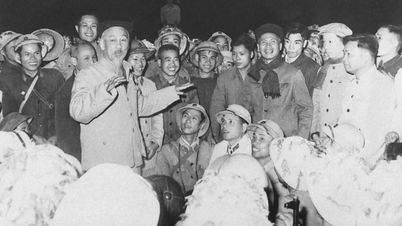




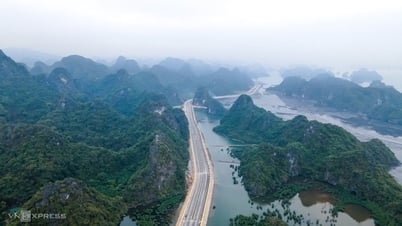

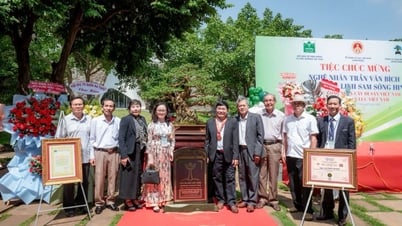










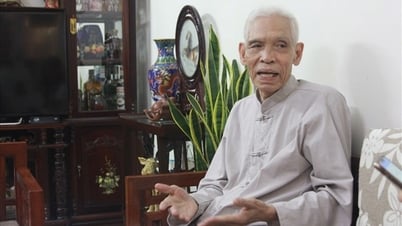





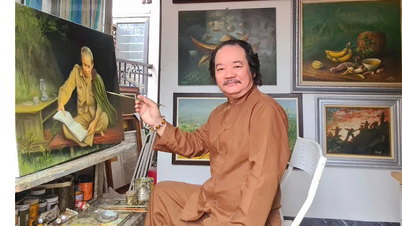









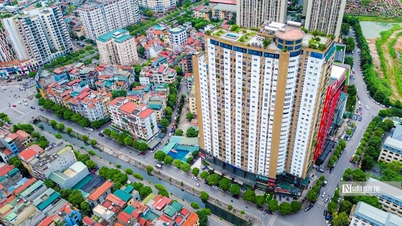
















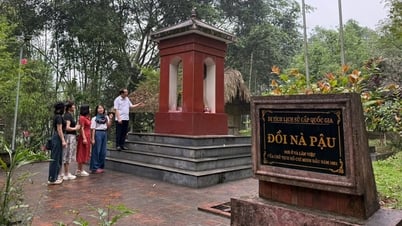


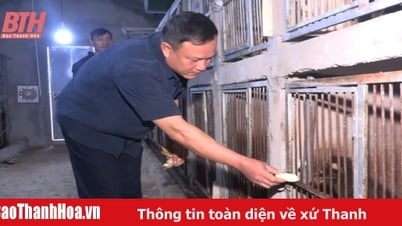








Comment (0)